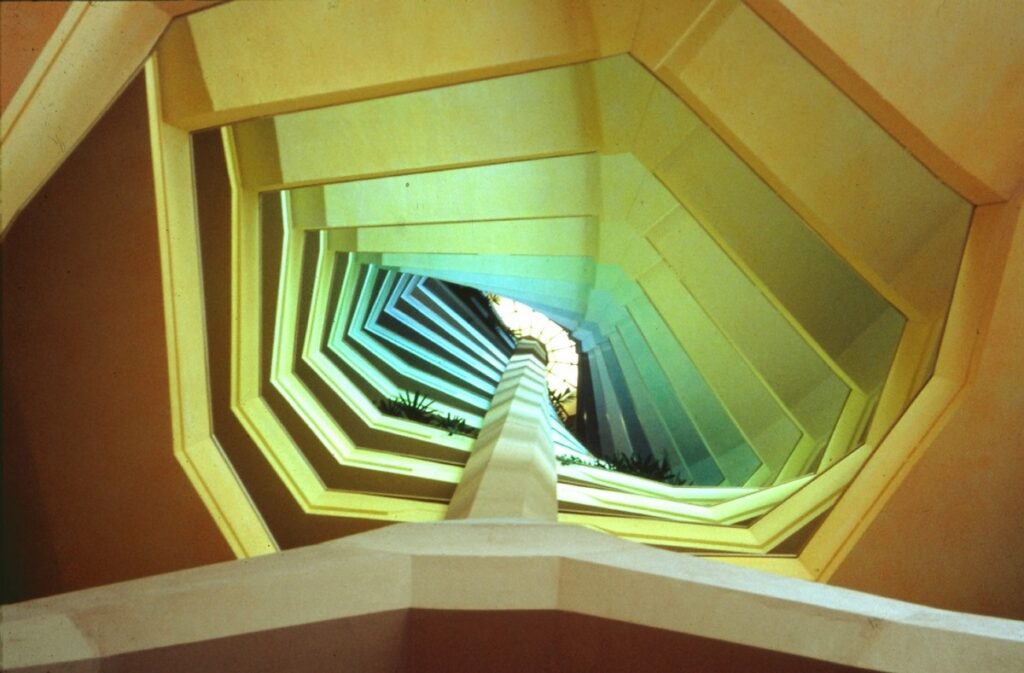Thoughts on human being and architecture

Human being and architecture
The ideas of human being and architecture open up a wide, very wide field of topics. Libraries are already filled with what can be written, read and reported on architecture. The relationship between architecture and human being may be a pleonasm that only states the obvious: Architecture must always focus on people, because we are people. If, on the other hand, one refers only to the idea of human beings, what is to be written and read opens up almost infinitely. Everything lives in these concepts. The essence of the human being is central, and the context therefore also includes architecture.
As an example, the question can be asked: Under what premises do we as humans (sometimes architects) create our built world? Are we godlike creators or do we only create what is imposed on us from outside by all kinds of laws and circumstances? And are we thus more like a bio-robot after all? In the same way, one could report on a building that pleases one person and not another. How then can an objective description or evaluation be made? What makes an event newsworthy, what makes it a distant memory?
Answering these questions is not easy and cannot be done unambiguously or quickly. However, the central idea is that answering the questions can only succeed with a comprehensive world view. A worldview that does not stop at our physicality alone, but assumes that human beings are part of a cosmos that includes soul and spirit alongside the material world. This world view is not to be understood as a closed paradigm. Only the lively struggle for concepts, the recognition of connections and the juxtaposition of different points of view illuminate it. Just as one-sided rejection or mere approval is not supportive to the world view. The free exploration and conscious grasping of all facets is the path we want to take in order to understand what holds our world together in its innermost being. From this an open view of the world is formed and at the same time a superordinate context emerges, in which alone a true observation may succeed.



